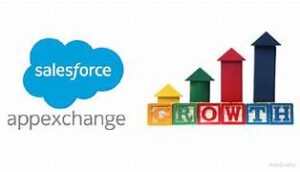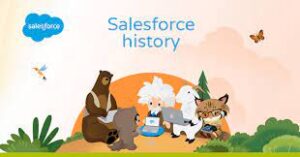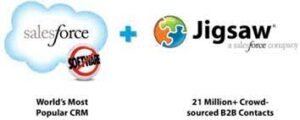Understanding Activity Management in Salesforce: Open Activities vs. Activity History
Core Concepts of Activity Tracking
Salesforce provides two specialized read-only components for tracking interactions with records:
- Open Activities – Displays upcoming events and pending tasks
- Activity History – Shows completed tasks and past events
These components appear as related lists on record pages and provide a comprehensive view of all interactions with contacts associated with the record.
Key Characteristics of Activity Objects
Read-Only Nature
- Cannot be queried directly via SOQL or API
- No direct manipulation possible through code
- UI-only interaction through standard Salesforce interfaces
Special Considerations
- Phone call activity fields only appear for organizations using Salesforce CRM Call Center
- Both components aggregate activities across all related contacts
Functional Capabilities
What Users Can Do
✔ View activities through standard and custom record pages
✔ Create new tasks/events via the Activity tab or timeline
✔ Edit existing activities through the UI interface
✔ Track completion status of all interactions
System Limitations
✖ No direct SOQL queries against OpenActivity/ActivityHistory objects
✖ No API operations (insert/update/delete) on these objects
✖ No workflow/process builder automation on the read-only objects
Practical Implementation Guide
Viewing Activities
- Navigate to any record page (Account, Opportunity, etc.)
- Locate either:
- Open Activities (for pending items)
- Activity History (for completed items)
Managing Activities
- Add new activities: Click “New Task” or “New Event” buttons
- Modify activities: Use inline edit in the related lists
- Track progress: Completed items automatically move to Activity History
Technical Architecture
These read-only objects serve as:
- Aggregated views of underlying Task and Event records
- UI presentation layers without direct database representation
- System-managed components that automatically update based on activity status changes
Alternative Approaches for Developers
While direct SOQL access isn’t available, developers can:
- Query the underlying Task and Event objects
- Use ActivityRelation object to track associations
- Leverage Lightning Web Components to build custom activity views
Best Practices for Activity Management
- Standardize naming conventions for easier tracking
- Utilize activity types for better categorization
- Train users on proper activity completion
- Monitor data quality through regular audits
These read-only activity components provide essential tracking capabilities while maintaining system integrity through their protected design.












